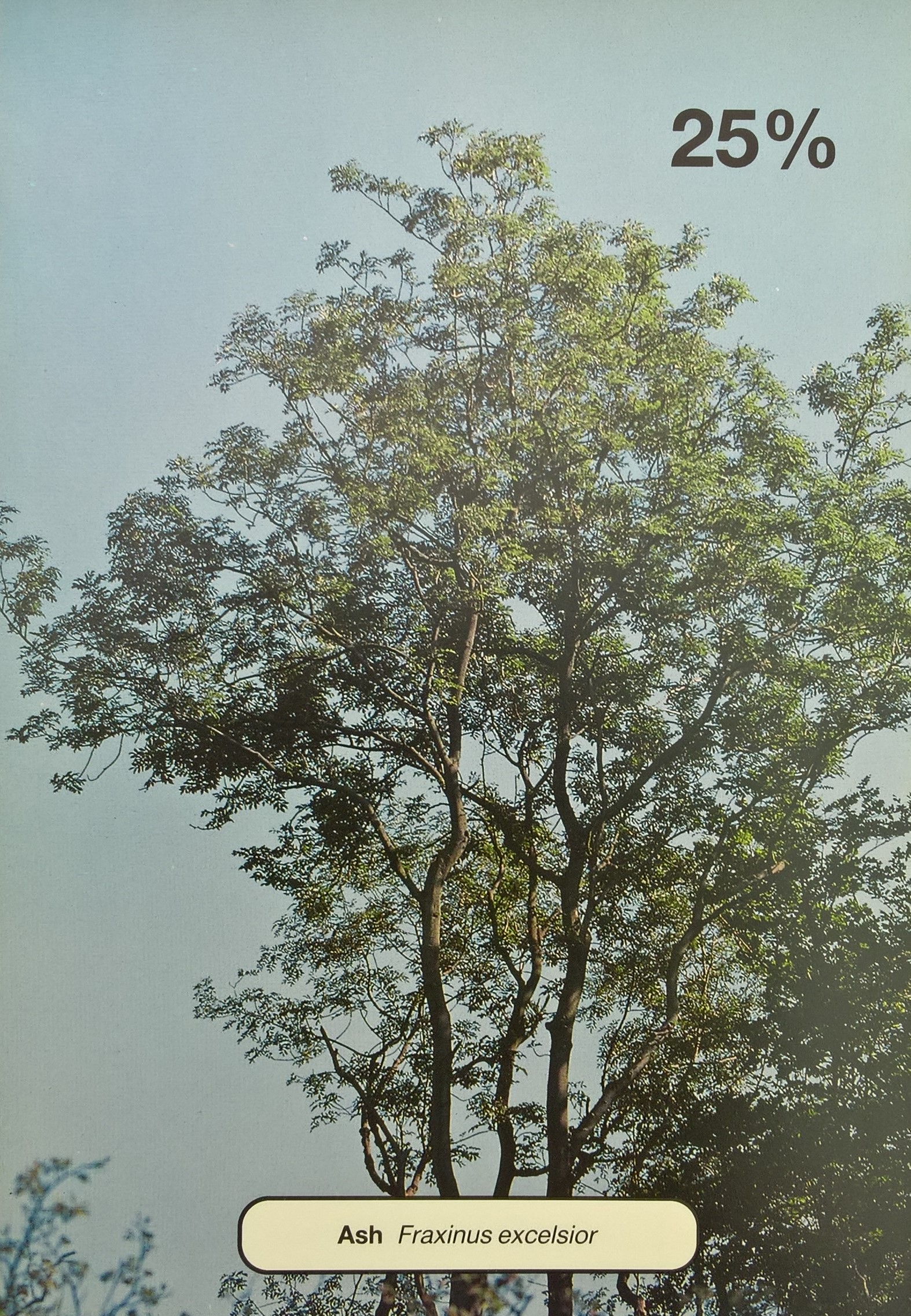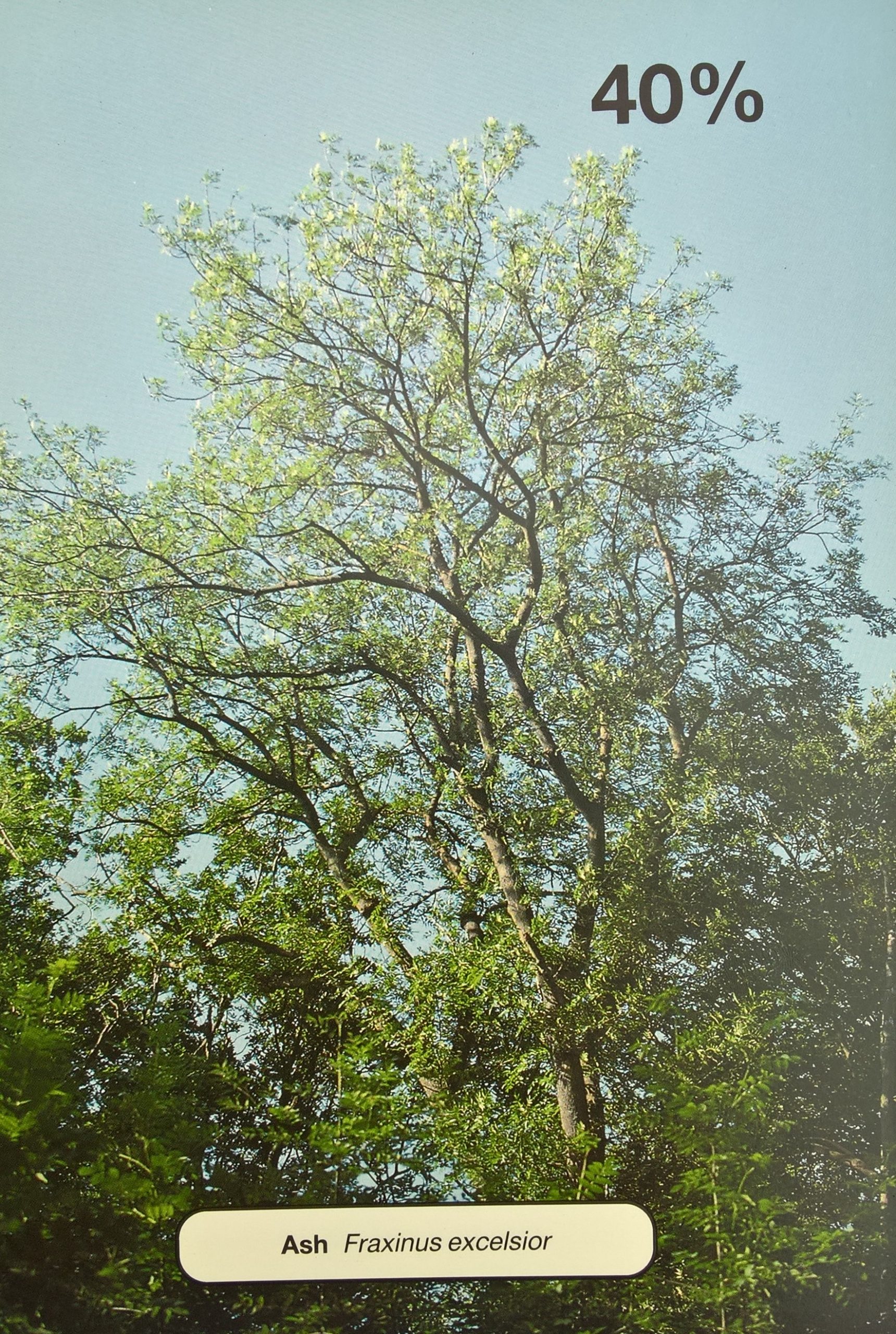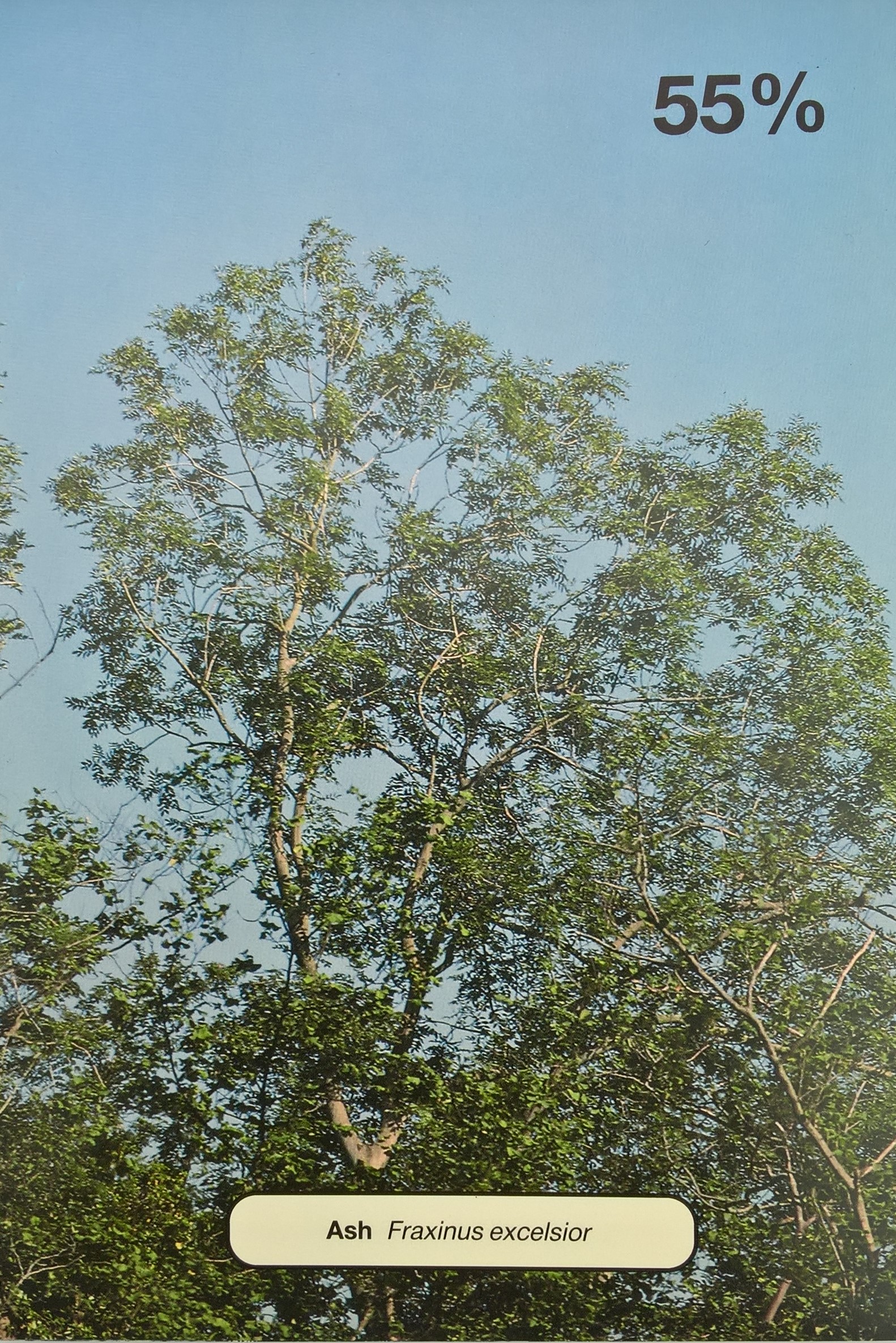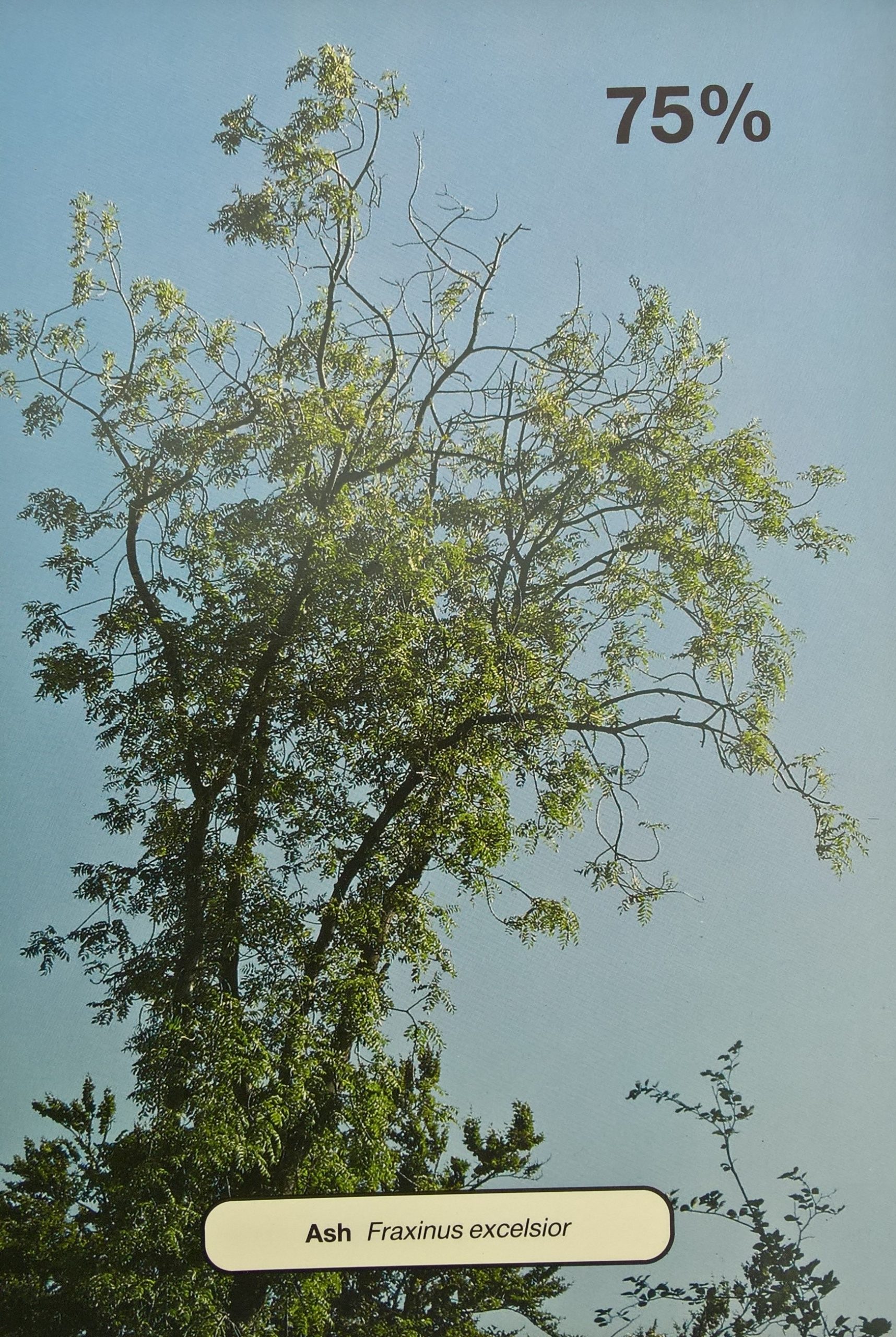Welcome to the Report A Tree Page
We’re no longer collecting reports. This phase of the project has finished—thank you for your contributions!
Together, we are combatting ash dieback through harnessing the natural genetic diversity within ash. By bringing together trees showing high levels of tolerance we started a new breeding programme for ash to ensure it remains a viable option for forestry and the wider environment.
Dr Jo Clark, Head of Research at Future Trees Trust in this video funded by DEFRA explains the process for landowners and woodland owners to identify tolerant ash trees within a woodland setting:
How to identify an ash tree tolerant to ash dieback disease?
Evidence from Europe, where the disease has been present longer, indicates that about 1% of all ash trees show a high degree of tolerance to ash dieback. These trees show minimal crown dieback (less than 10%), and it is these trees that we are keen to learn about. We are particularly interested in healthy trees that are located within woodlands, surrounded by other ash trees that are showing a high degree of dieback.
The easiest time to do this is during the summer months, when it is possible to make as assessment on crown health. Trees showing up to 25% crown dieback are also of interest. The following images are reproduced from the Forest Research’ publication: ‘Diseases and disorders of forest trees: a guide to identifying causes of ill health in woods and plantations.’





The Living Ash Project phase 1 ended in 2024. Records that were collected here are being used for research purposes, however we are no longer collecting anymore citizen reports of ash trees. For more information on the project and the next phase visit our news page.
